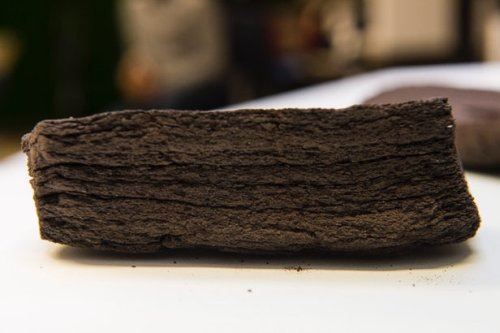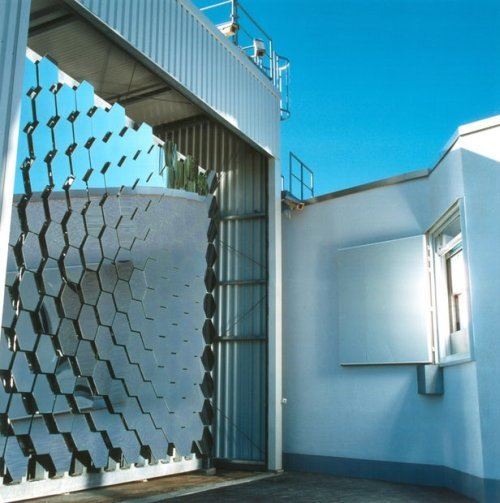ESA scientists have developed the technology of making building materials from regolith with sunlight
One of the challenges that people who have set foot on the surface of another planet for the first time will be to find suitable materials that can be used to build space bases and accompanying infrastructure. The capabilities of modern spaceships do not even allow to count on the fact that expeditions can be taken with a sufficient number of even dry building mixtures and the ideal option in this case is the use of local materials as much as possible. And recently, scientists are developing technologies that will allow the use of local resources, has already been developed polymer biological origin, which when mixed with lunar dust, for example, turns into a fairly durable building material.
In a recent paper, researchers at the University of California, San Diego, found a way to make bricks from Martian soil without having to conduct their high-temperature processing. And scientists from the European Space Agency (ESA), who have been working on the moon for several years, have developed a brick-making technology that requires only moon dust and concentrated sunlight.

To test the health of the invented technology, the researchers used an analogue of lunar dust, a composition consisting of a mixture of volcanic rocks. A solar furnace with 147 parabolic mirrors was used to bake dust into the brick. Focused sunlight heated samples of compressed lunar dust to such a high temperature that the particles fused together and formed a solid body.
“Of course, focused sunlight is not able to warm up the entire body of the “brick” to the melting temperature at once. We used a special 3D printer that applied layers 0.1 millimeter thick, and the energy of sunlight was already enough to heat the layer to a temperature of 1000 degrees Celsius, enough to fuse dust particles into a single whole” – says Advenit Makaya , “Using this approach we can make one brick, measuring 20 x 10 x 3 centimeters, in five hours.”

The bricks obtained by baking dust have, of course, less hardness than traditional building bricks. In hardness they can be compared with frozen plaster, but taking into account all of the above, this method is the most viable method of making building materials to date. However, scientists have yet to find out how the dust-baking process will take place in space. “Demonstration of the health of our method was carried out under normal earthly conditions. Now we are starting the next project called RegoLight, which aims to study the features of such a process in space and the conditions present on the surface of the Moon,” says Advenit Makaya.
In conclusion, this technology can be very useful not only in space, but also on Earth. After all, quite often there are situations when the delivery of building materials to remote places is expensive or impossible for various reasons. And to master new territories, having built the first temporary housing there, will allow similar technologies of production of building materials from local reso
urces.Source:http://www.dailytechinfo.org